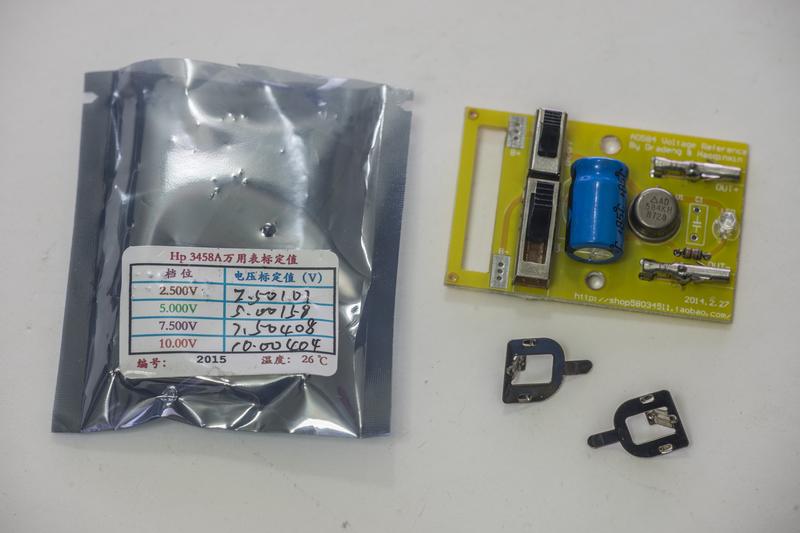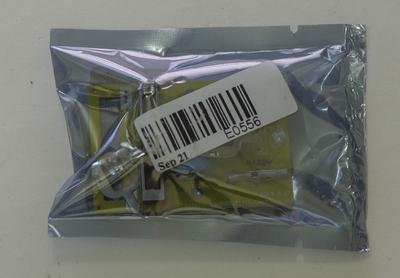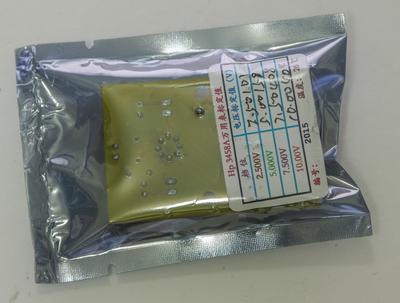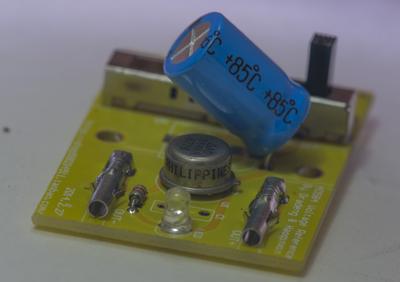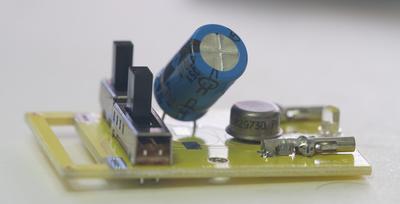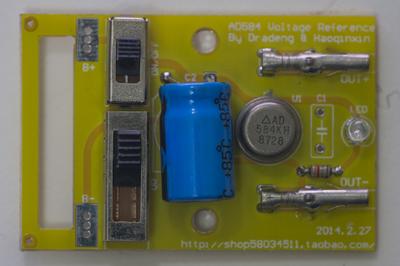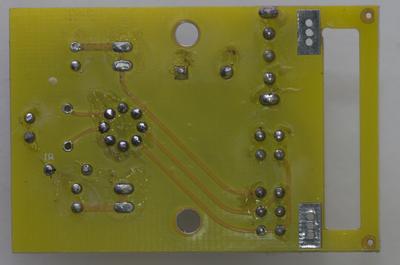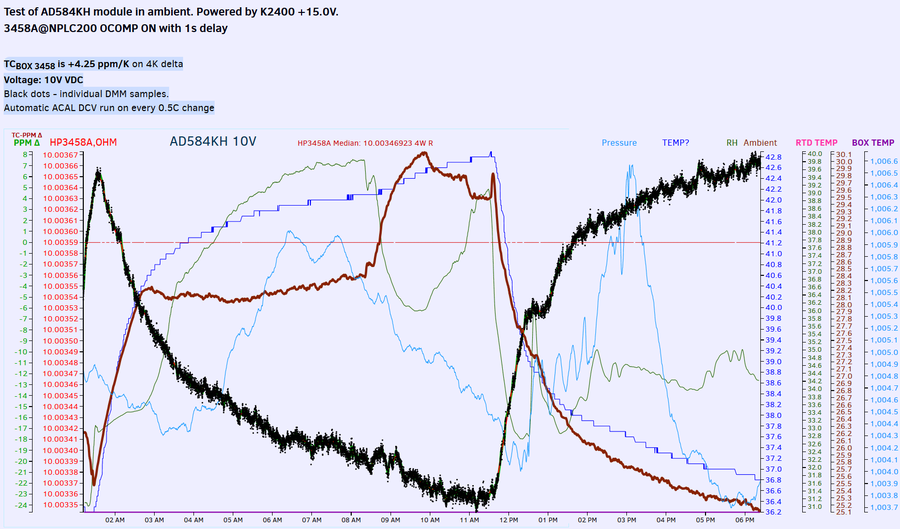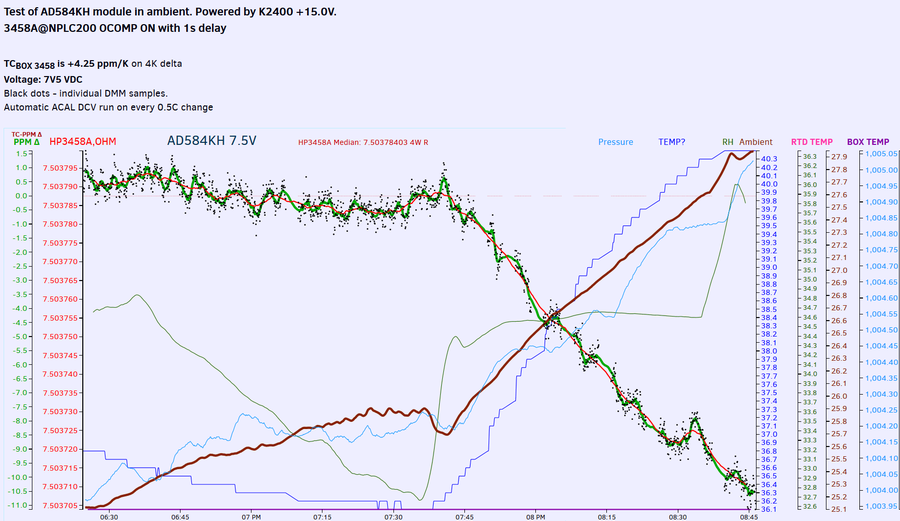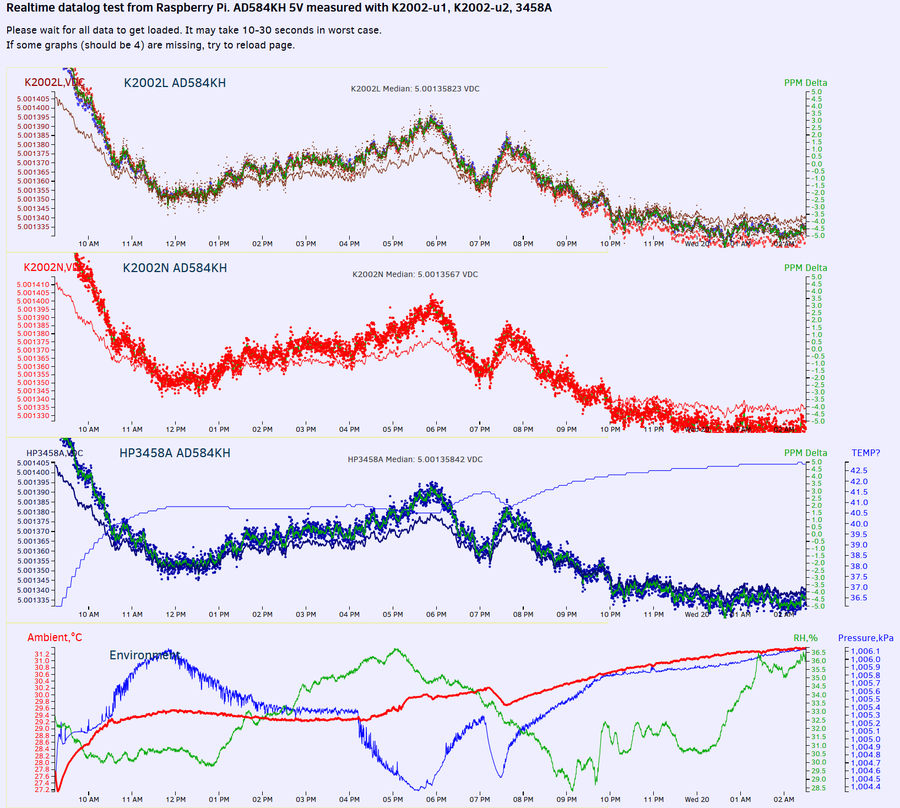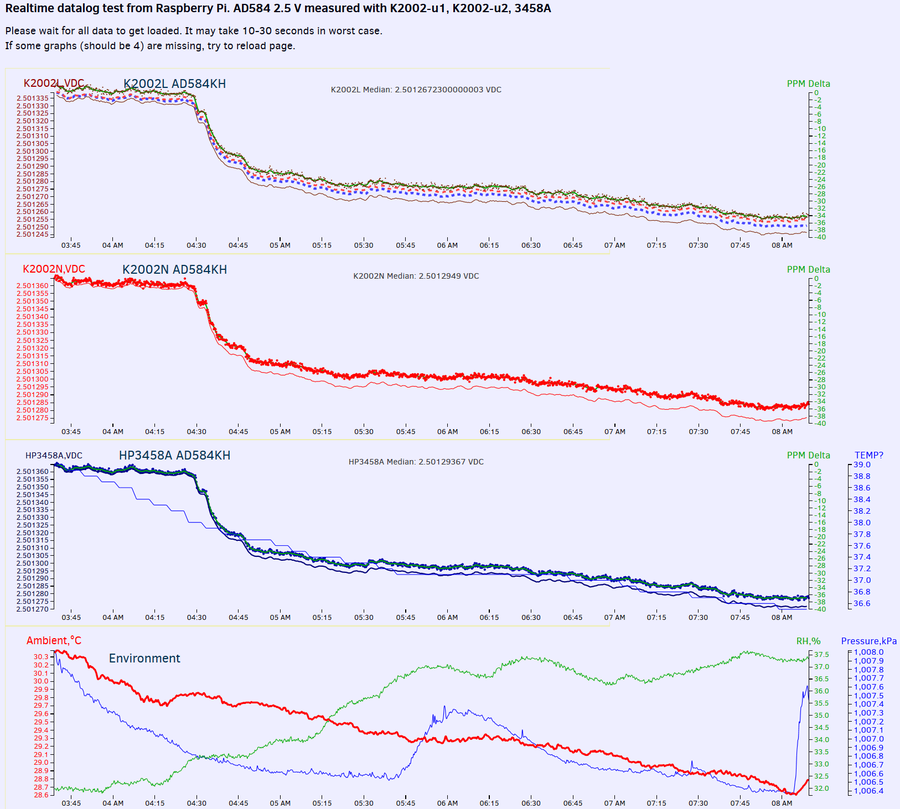Contents
Intro
Friend of mine wanted to have ability to calibrate his portable 3½-digit and 4½-digit DMMs, without spending too much money. So reference units, such as voltagestandard.com Pentaref are out of question, due to their cost. Also using ovenized reference circuits, such as LM399 or LTZ1000 would be major overkill for testing portable 4½-digit DMM anyway.
Choice was made for quad-output Analog Devices AD584K-based module from aliexpress.com (Taobao). But my friend did not trust values writted down on reference, so he asked my help to check references output and calibrate it if required. My Keithley’s Model 2001 capability should be fit well enough to perform this task, so I took the challenge.
Specification
According to deciphering label sticker on package, our unit was calibrated using 8½-digit DMM HP 3458A, somewhen in 2015, with ambient temperature +26°C with next data:
| Voltage output mode | Labeled reading | Ambient temperature | Value off |
| 2.500 VDC | 2.50101 VDC | +26 °C | +404 ppm |
| 5.000 VDC | 5.00158 VDC | +26 °C | +316 ppm |
| 7.500 VDC | 7.50408 VDC | +26 °C | +544 ppm |
| 10.00 VDC | 10.00404 VDC | +26 °C | +404 ppm |
- Module input voltage : from +14 to +30 VDC
- Input current : 10 mADC
- Output current, max : 5 mADC sink or source
Calibration temperature setpoint at +26 °C is unusual for test gear, as most of instrumentation is calibrated for +23°C.
Exterior
It was shipped in usual letter package, with good enough packing and multiple wraps of foam.
Nothing fancy at all, not even kelvin-sense for VREF output. Manufacturer even cheaped out with output film capacitor, as PCB footprint remained unpopulated.
Dual-layer PCB have very simple construction
Analysis
Before we go deep into testing, let’s take a good look on used voltage reference chip datasheet, AD584KH
Analog Devices AD584 datasheet, Rev.C
Analog Devices AD584 datasheet, Rev.B
Here’s most important specs from datasheet:
| OUTPUT VOLTAGE TOLERANCE, Maximum Error for Nominal | Value | Unit |
| 10.000 V | ±10 | mV |
| 7.500 V | ±8 | mV |
| 5.000 V | ±6 | mV |
| 2.500 V | ±2.5 | mV |
| OUTPUT VOLTAGE CHANGE, Maximum Deviation from 25°C | Value | Unit |
| 5V and above outputs | ±5 | ppm/K |
| 2.5V output | ±10 | ppm/K |
| NOISE (0.1 Hz to 10 Hz) | Value | Unit |
| Typical | 50 | µV peak-peak |
| SHORT-CIRCUIT CURRENT | Value | Unit |
| 30 | mADC | |
| Absolute maximum input Voltage VIN to Ground | Value | Unit |
| 40 | VDC |
Performance test
K2001:
Declared on the bag : 7.50408 V , actual measured 7.504066 V
Declared on the bag : 2.50101 VDC , actual measured 2.501040
Declared on the bag : 5.00158 VDC , actual measured 5.001555
Declared on the bag : 10.00404 VDC, actual measured 10.004057
To do test I’ll use next equipment:
| Test item | Instrument | Related spec | Calibration date |
| Power supply A | Keithley 2400 SMU | 20VDC 20mA | 2015 |
| Power supply B | Pair of NiMH 9V cells | 18VDC | N/A |
| Output voltage accuracy | Keithley 2001 DMM | 20VDC range | Feb 2014 |
| Output voltage accuracy | Keithley 2002 DMM | 20VDC range | 2007 |
| Output voltage accuracy | Keithley 182-M voltmeter | 3 and 30V ranges | 2015 |
| Output voltage noise | Keithley 182-M voltmeter | 3mV range | N/A |
| Relative stability | EDC MV106 DC Standard | 30ppm tempco | Feb 2014 |
Tweaks and calibration
Would be great to shield reference module more from careless use, as well as trim output voltages to be more accurate.
Conclusion
This reference is fine to test 4½-digit DMM points but nothing more than this.
Projects like this are born from passion and a desire to share how things work. Education is the foundation of a healthy society - especially important in today's volatile world. xDevs began as a personal project notepad in Kherson, Ukraine back in 2008 and has grown with support of passionate readers just like you. There are no (and never will be) any ads, sponsors or shareholders behind xDevs.com, just a commitment to inspire and help learning. If you are in a position to help others like us, please consider supporting xDevs.com’s home-country Ukraine in its defense of freedom to speak, freedom to live in peace and freedom to choose their way. You can use official site to support Ukraine – United24 or Help99. Every cent counts.
Modified: Nov. 12, 2023, 6:52 a.m.

